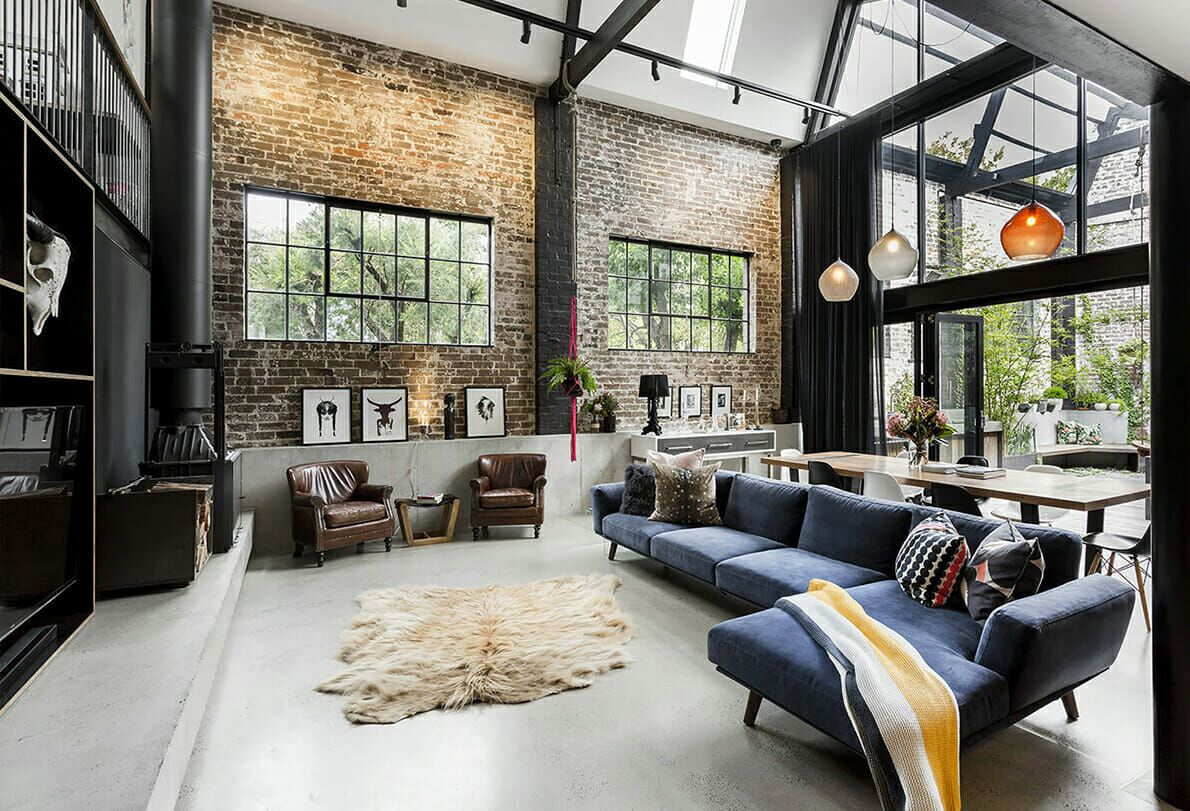The History and Evolution of American Lighting Design
Lighting design has come a long way since the days of Thomas Edison and his invention of the light bulb. In the early 20th century, lighting design was primarily functional, providing illumination for tasks or emphasizing architectural features. However, by the 1960s and 70s, lighting design became recognized as an art form, with American lighting designers at the forefront of this movement.
One of the pioneers of American lighting design was Richard Kelly. He believed that lighting design should enhance architecture and create an emotional response, rather than simply provide illumination. His work in the 1950s and 60s, particularly on the Seagram Building in New York City, set the standard for modern lighting design.
As technology improved, so did the possibilities for lighting design. The development of LEDs, for example, allowed for greater control and flexibility, leading to innovative designs from American lighting designers such as Hervé Descottes and Paul Marantz.
The Role of American Lighting Designers Today
Today, American lighting designers are sought after for their ability to create unique and memorable experiences through the use of light. They work on a wide range of projects, from residential and commercial buildings to museums and public spaces.
One notable example of American lighting design is the High Line in New York City, a public park built on a former elevated railway. The lighting design, led by James Carpenter Design Associates, accentuates the unique features of the park and creates a sense of magic at night.
Another example is the lighting design for the National Museum of African American History and Culture in Washington D.C. The lighting, designed by Fisher Marantz Stone, highlights the storytelling and emotional impact of the exhibits.
The Future of American Lighting Design
As technology continues to advance, the possibilities for lighting design are limitless. American lighting designers are already exploring the use of augmented reality and interactive lighting, paving the way for a new era of immersive experiences.
There is also a growing emphasis on sustainable lighting design, with American lighting designers at the forefront of this movement. The use of energy-efficient lighting, natural light, and lighting controls not only reduces energy consumption but also creates a healthier and more comfortable environment.

